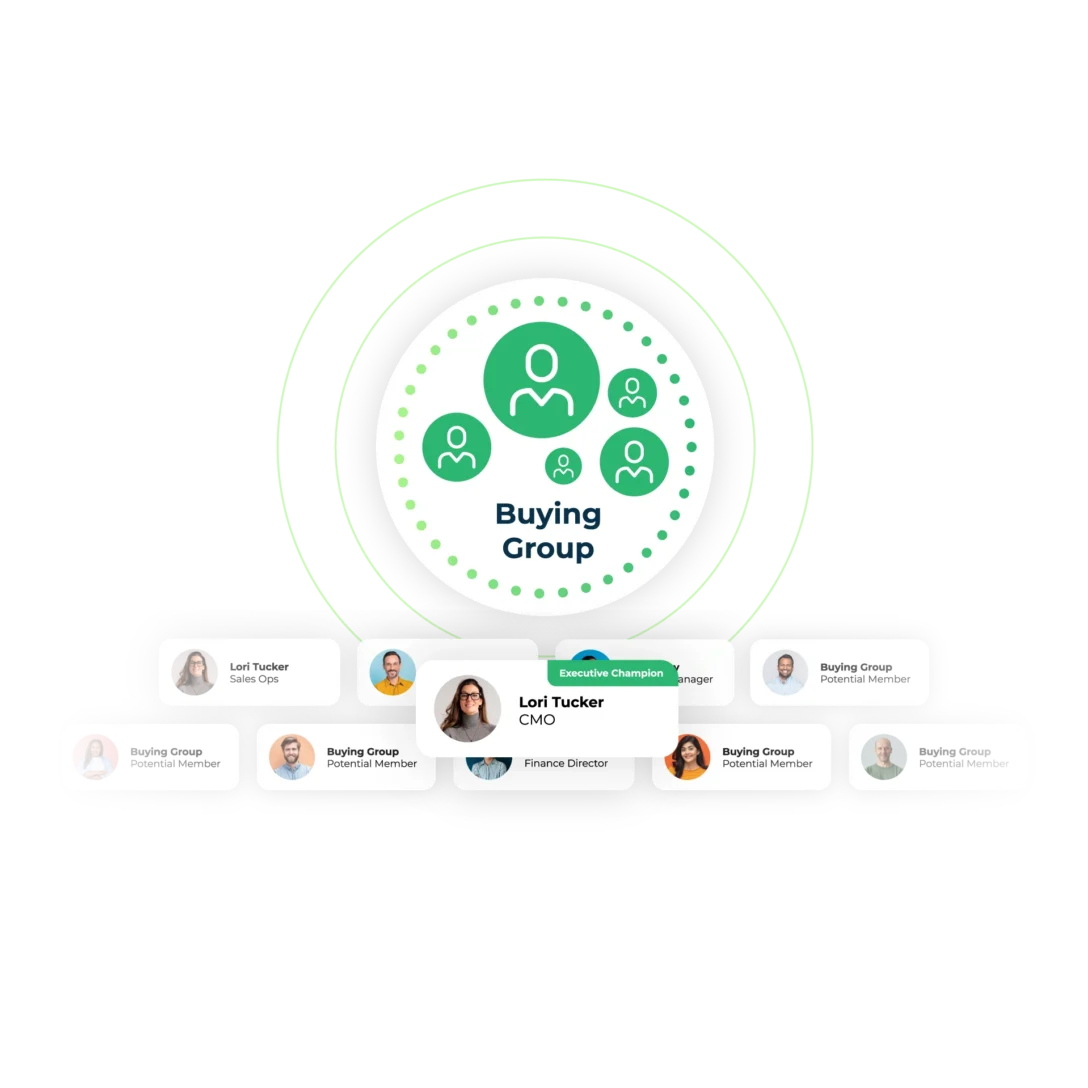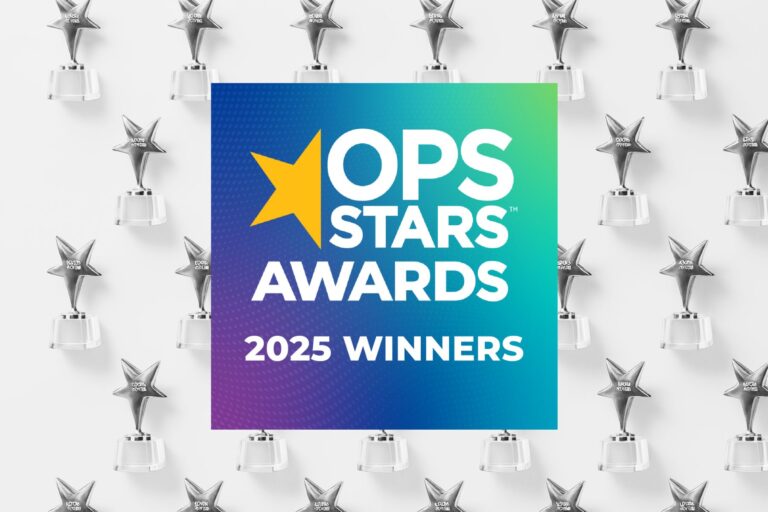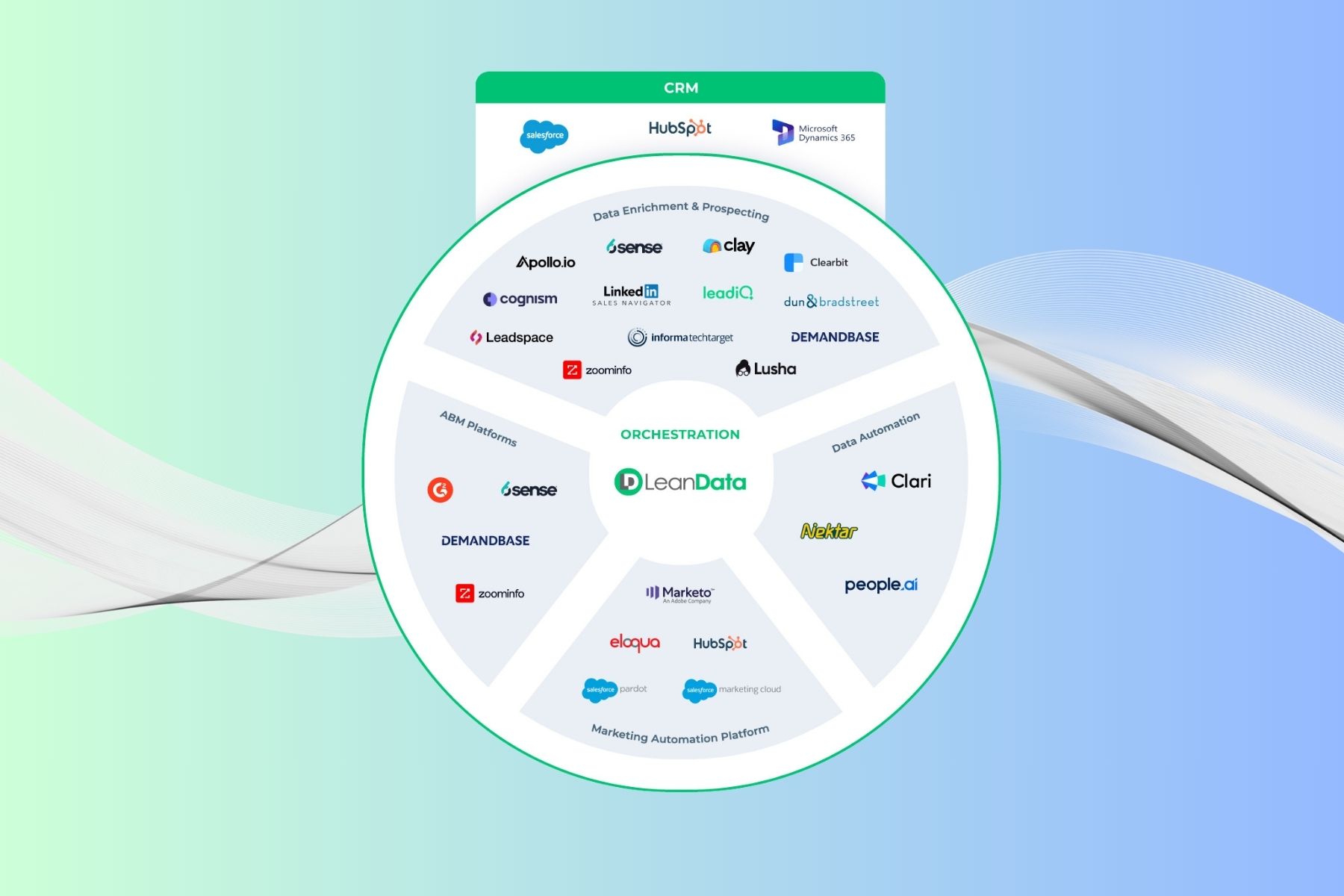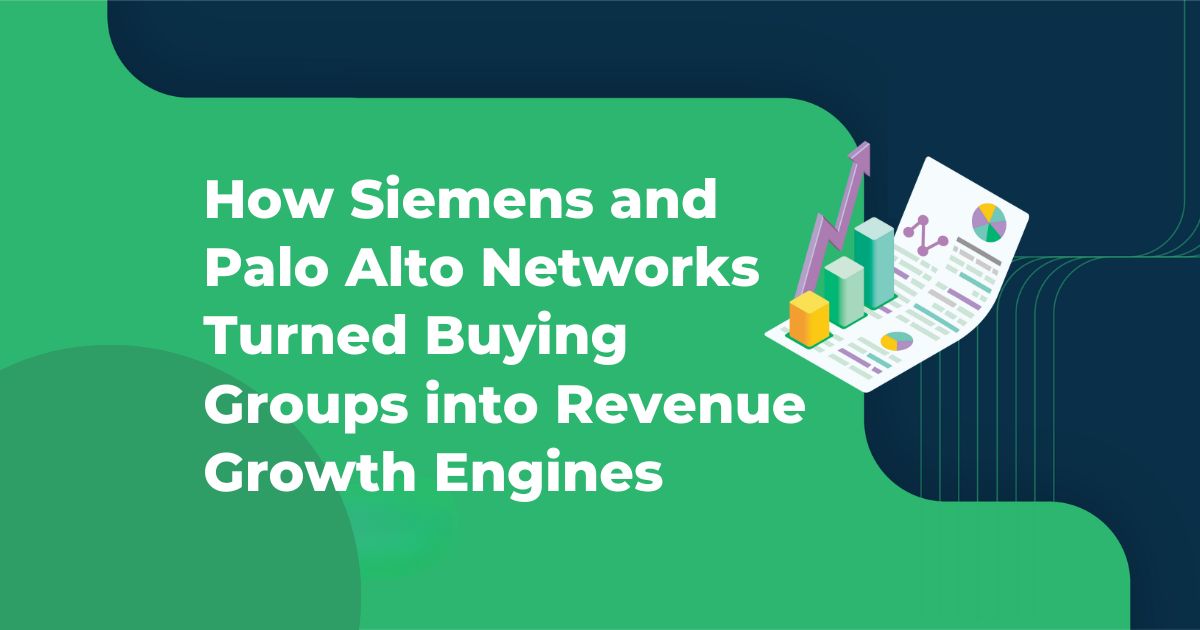Stop Selling to a Crowd Like It’s a Solo Act
B2B buyers don’t make large purchase decisions alone.
Most purchases involve multiple stakeholders, yet many go-to-market (GTM) strategies still rely on a lead-based model built for a single decision-maker. That model is outdated, and worse, it’s draining deals, budget, and momentum.
So, what’s the fix? Buying groups.
Buying groups are changing the way revenue teams think about pipeline, execution, and alignment.
In this article, we’ll unpack why the lead-centric model is breaking down. Then, we’ll explore how a buying group strategy can help your team engage more effectively, progress opportunities faster, and improve revenue outcomes.

The MQL’s Shrinking Relevance
Marketing-qualified leads (MQLs) have been a cornerstone of B2B demand generation for years. But the truth is, they rarely translate to revenue.
According to 6sense, just 1% of MQLs convert into closed-won deals. At the same time, Mindtickle reports that 74% of sellers missed their sales quotas last year.
So where’s the disconnect? It’s in the model.
The traditional lead-based approach was designed for a time when buyers filled out forms and responded to emails in isolation. Today, B2B buyers operate in groups. They engage with your brand across different channels, at different times, and with different priorities.
Despite this shift, too many GTM teams still chase individual leads and optimize around single-contact engagement.
This causes missed handoffs, duplicate outreach, and poor prioritization, especially when leads from the same account are treated like they’re unrelated.

B2B Buying Decisions Are Made by Groups
Research supports what most sellers already know from experience:
- 92% of B2B purchases involve two or more people (Forrester)
- 64% of software buying decisions involve four or more stakeholders (Gartner)
- Engaging at least three buying committee members more than doubles win rates
When sales and marketing teams track leads instead of buying behavior, they lose sight of the actual opportunity. Teams may over-invest in one contact while ignoring the others who matter more. Or worse, they misinterpret interest from a single lead as real pipeline.
Consequently, teams waste time and budget on disconnected efforts. Opportunities stall. Deals fall through late in the cycle, and marketing struggles to prove ROI.
How Lead-Centric Metrics Create GTM Misalignment
Sales and marketing may be part of the same funnel, but they often operate in different worlds. Marketing focuses on MQL volume and campaign engagement. Sales zeroes in on opportunities, deal stages, and revenue.
This disconnect shows up across:
- Data: Leads live in marketing automation platforms. Opportunities live in Salesforce. They rarely sync cleanly.
- Measurement: Marketing is judged by early-stage activity. Sales is accountable for results.
- Process: Marketing hands off when a lead hits a score. Sales wants full context and a path to close.
Without shared visibility into the buying journey, it’s hard for teams to collaborate effectively. And in an era where efficient growth is everything, siloed motions create friction GTM teams can’t afford.

What Buying Groups Change
Buying groups reframe pipeline around real buying behavior. Instead of tracking isolated leads, teams align around opportunities and the people influencing them.
This shift brings sales and marketing together with a shared goal: progress the full buying committee through the funnel.
Here’s what buying groups enable:
- Shared visibility: Teams track engagement across multiple stakeholders tied to a single opportunity
- Stronger targeting: Marketers build programs to engage missing personas, not just the first lead
- Shorter cycles: Sales gets multi-threaded earlier and avoids late-stage surprises
- Better forecasting: Ops teams measure pipeline quality by buying group completeness, not just lead counts
In short, buying groups operationalize the way buyers actually behave. As a result, GTM teams move faster and convert more of the right deals.

How LeanData Buying Groups Edition Supports the Shift
Implementing a buying groups strategy requires more than a mindset change; it takes structure. That’s where LeanData Buying Groups Edition comes in.
Built natively inside Salesforce, this solution gives sales, marketing, and operations teams the tools to coordinate buyer engagement around real opportunities.
LeanData Buying Groups Edition helps teams:
- Identify early intent signals and prioritize the right accounts
- Create buying group journeys that track engagement over time
- Map stakeholders to key roles like decision-maker, influencer, or champion
- Activate marketing and SDRs to qualify full buying committees
- Alert sales when key personas are missing from active opportunities
- Synthesize all engagement data into Salesforce reporting to optimize strategy
Plus, LeanData’s drag-and-drop FlowBuilder gives ops teams full control to design, adjust, and scale GTM processes without code.
These capabilities transform buying groups from theory into a repeatable motion that drives real results.

Moving from Leads to Buying Groups: Where to Start
Adopting a buying group strategy doesn’t require a full transformation on day one. The most successful teams start small, test, and scale.
So, here’s a simple framework:
- Align stakeholders: Get RevOps, Sales, and Marketing on the same page
- Start with a pilot: Choose one segment or region to implement buying group tracking
- Define roles: Outline key personas and what engagement matters
- Build the motion: Use existing tools and LeanData to map the journey inside Salesforce
- Measure outcomes: Track KPIs like time-to-multithread, role coverage, and opportunity conversion
- Expand: Roll out across segments once results are proven
This approach keeps risk low while laying the foundation for long-term GTM alignment.
The Path to Intelligent Go-to-Market Execution
Lead-based GTM strategies are actively holding teams back. As buying behavior becomes more complex, the systems we use to engage buyers need to evolve too.
Buying groups offer a smarter, more coordinated way to drive pipeline and revenue. By shifting from leads to group-based engagement, B2B companies can build stronger buyer relationships, reduce cycle time, and improve win rates.
With the right strategy and tools like LeanData Buying Groups Edition, making this essential shift is now a reality.











